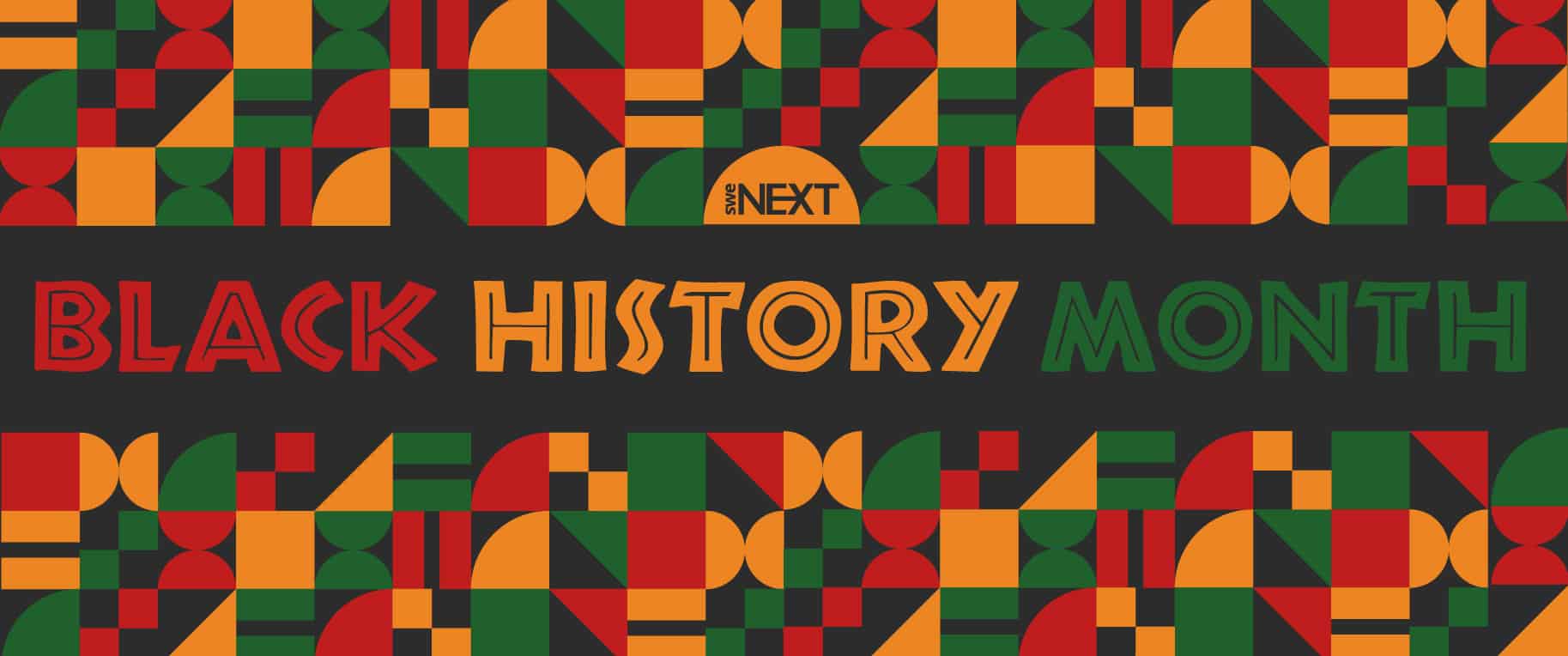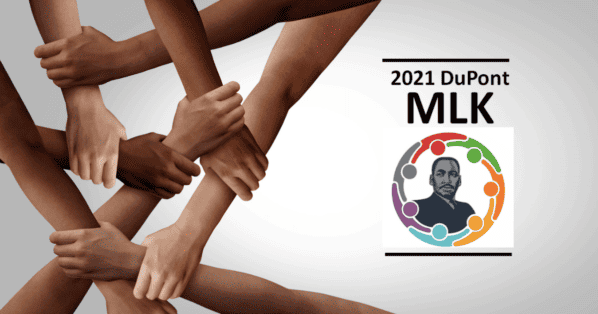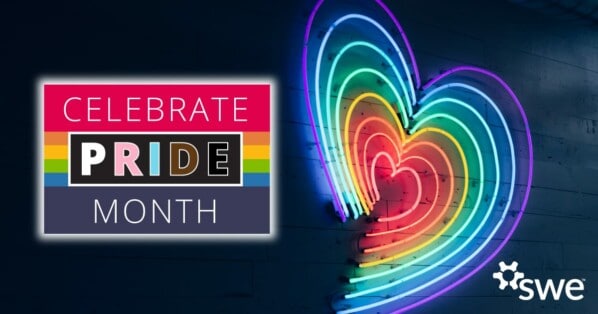The Association for the Study of African American Life and History (ASAALH®) was founded by Carter G. Woodson to discuss the Black experience amongst people of all ethnic and social backgrounds. Because of the civil rights movement and more awareness of Black identity, this organization was able to push forward the bill to recognize Black History Month.
Originally, Black History Month was a way of teaching students and young people about Black and African Americans’ contributions across the Diaspora that are often forgotten in the American narrative. This was a great example of how the actions of a few people can affect many in a positive way. Establishing Black History Month allowed us to progress even further today like the recognition of Juneteenth as a federal holiday!
Now, Black History Month is a celebration of those who’ve made a larger impact across the world with their activism and achievements. This is an opportunity to address racism and slavery while also moving the discussion towards changing the future. Every February, engaging in Black histories and highlighting Black leaders and their accomplishments allows us to reshape the vision of what is ahead. ASAALH chooses a theme each year to explore, and this year’s theme is Black Health and Wellness. Many Black women scientists, mathematicians and engineers have trailbrazed not only in medicine but many other STEM fields as well.
Celebrating Black Leaders and Activists
Some important Black figures throughout history that have written the blueprint for change are Sojourner Truth, Harriet Tubman, Thurgood Marshall, Rosa Parks, Ruby Bridges, Shirley Chisholm, and Dr. Martin Luther King Jr. Against all odds, each of these leaders found a way to fight for civil liberties that many men and women were denied because of the color of their skin.
More recently, activists in Black Lives Matter have been protesting and spreading awareness of system racism that still exists today. Activists and leaders alike are “reclaiming their time”, including Maxine Waters, Stacey Abrams, Cori Bush, Esmeralda Simmons, Bryan Stevenson, and Laverne Cox, by advancing equality while shattering glass ceilings and making history at the same time.
Black Women Engineers and Leaders
The mission of SWE is built on recognizing major contributions to the scientific and engineering community. SWENext would like to celebrate the brilliant Black women pioneers of the African Diaspora and their amazing work in the STEM World.
Dr. Gladys West graduated at the top of her class in high school and went on to earn a scholarship to Virginia State College, now Virginia State University.
In 1956, Dr. West became the second Black woman engineer and one of only four Black employees in total at the Naval Proving Ground. The Naval Proving Ground is now known as the Naval Support Facility Dahlgren.
Dr. West developed the mathematical models which contributed to the invention of the Global Positioning System (GPS). She did very important work at the US Naval Weapons Laboratory, which helped with planetary discoveries in outer space.
Mary Jackson earned her bachelor’s degree in mathematics and physical science at the Hampton Institute in 1942, after which she became NASA’s first Black woman engineer. In 1951, Mary landed her job at the Langley Memorial Aeronautical Laboratory’s segregated West Area Computing section.
After working as a human computer at NASA for two years, Mary pursued a promotion to an engineer and took classes at the University of Virginia. There, she had to get special permission from the City of Hampton to be in the classroom with her white peers. Mary was not only a dedicated NASA engineer, but she also devoted herself to helping kids get interested in STEM.
For about two decades, Mary was very productive in her engineering career at NASA. She authored and co-authored about a dozen reports. In 1979, she left engineering and became Langley’s Federal Women’s Program Manager. There, she advanced the hiring and promotion of the next generation of NASA’s women mathematicians, scientists, and engineers.
By the time she retired from Langley in 1985, Mary had served as the chair on a United Way campaign, she was a Girl Scout troop leader for three decades, and she was a member of the National Technical Association. She earned many honors, including an Apollo Group Achievement Award and Langley’s Volunteer of the Year in 1976.
Take Action
Check out more of the great work being done by Black female engineers and learn how to participate in SWENext’s 28 Days of Action below:
Learn More
- Read about how Black History Month is an opportunity to spotlight Black achievement.
- Learn more about SWE community leaders through this interview, where two members of SWE’s African American Affinity Group share their experiences.
- Read about these 13 Black Women in STEM You Should Know!
- Watch The Next Generation of Black Girl Magic WE21 session by Luvere Walker Hannon, co-lead of the African American Affinity Group.
- Read this interview highlighting African American heroes in STEM that have inspired SWENext high school students.
- Check out the open source Afro hair library opening in 2023, which was created to improve how Black characters are seen within the video game industry.
- Watch SWENext TV: Empowering Others Through STEM featuring Alena Analeigh, the trailblazing thirteen year old behind the company The Brown STEM Girl.
- Check out SWENext TV: Checking Your Bias – How To Promote A More Inclusive Community, including a panel discussion with members of SWE’s Board of Directors.
Engage Students
Below are a few resources to engage students in STEM activities that not only explore the student’s STEM identity, but develop their understanding of the contributions of African American pioneers and leaders.
- Use this calendar to celebrate STEM leaders, inventors and engineers that have paved the way for our modern day life.
- Implement these STEM activities for your next program or event geared to engage students in the conversation.
28 Days of Action
Take the 28 days in February to empower and engage your local community in the conversation using the resources above or by coming up with ideas on your own or with your SWENext Club. Opting in to this challenge can be a great starting point for incorporating daily actions for change all 365 days of the year!
Share what you’re doing on social media and tag @SWENext for a chance to win a $50 gift card!
- Share black businesses and inventions that are focused on STEM.
- Share your personal story on social media and tag @SWENext.
- Share ways that you’re helping in your local community empower underrepresented groups of people in STEM.
- Address black girls’ health and wellness. What are some ways you advocate for improving the field of medicine when you become an engineer? Check out some of the resources below.
- Check out these 44 Mental Health Resources
- Read about these amazing Black American health and wellness pioneers
- Learn how Black women are taking the lead at Pfizer to improve health disparities.
About the Author
This article was produced by the SWE Student Programs department, with support from SWENext Programs Publications work group volunteer Allison Osmanson.
Allison Osmanson is a semiconductor Packaging Engineer at Texas Instruments in Dallas, TX. She holds a PhD in Materials Science and Engineering from the University of Texas at Arlington (2021), where she was supported through a Semiconductor Research Corporation/Texas Instruments Fellowship. She holds a Master’s degree in Materials Science and Engineering from the University of North Texas (2018) and she earned her Bachelor’s degree in Materials Science and Engineering from Washington State University (2016).
Authors
-

SWE Blog provides up-to-date information and news about the Society and how our members are making a difference every day. You’ll find stories about SWE members, engineering, technology, and other STEM-related topics.
-

Allison Osmanson is a Materials Science and Engineering PhD student at the University of Texas at Arlington. She holds a Master’s degree in Materials Science and Engineering from the University of North Texas and she earned her Bachelor’s degree in Materials Science and Engineering from Washington State University. She plans to graduate in December 2021, after which, she will be a Microelectronics Packaging Engineer at Texas Instruments in Dallas, Texas.






